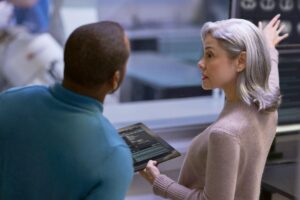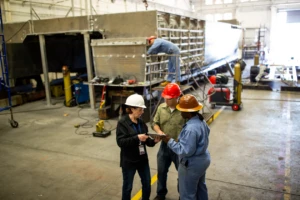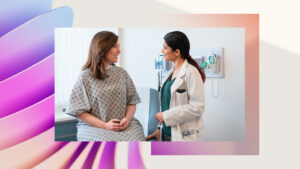
National Nurses Week 2019: Nurses leading change in digital health solutions

The US National Nurses Week kicks off today and ends on nursing and health statistics pioneer Florence Nightingale’s birthday, May 12 (this year would be her one hundred ninety-ninth). At four million strong in the United States, nurses care and advocate for patients and families from the bedside to the boardroom.
When we talk about using our Microsoft technology and solutions to improve care and assist clinicians, it’s those four million nurses we want to empower. On the front lines of healthcare, nurses are the first to know whether technology helps or hinders their communication, workflow, procedures, and delivers what it promises.
That means they’re guiding the healthcare technology conversation in our ranks. They’re on our teams for every phase of advancing innovations: design, development, and deployment. They provide essential thought leadership and input on everything from technology builds to accessibility challenges.
Nurses are leaders of many technology solutions to improve patient care for better outcomes.
With the massive amounts of clinical and operational data nurses interact with daily, we cannot underestimate the impact of artificial intelligence, machine learning and our roles as nurses in its evolution. Nurses are already involved with the design and development of solutions including those from our partners, KenSci and Evergreen Health.
The Cardiac High Acuity Monitoring Program, or CHAMP, assists families at home care for their newborns born with congenital heart disease, such as hypoplastic left heart syndrome (HLHS). The family will use a tablet device between a baby’s surgeries to enter pulse oximetry, weight, and other vital statistics such a short video clips of breathing and color. The information is sent via Azure Cloud Services to nurses and doctors for review. The program, created at Children’s Mercy in Kansas, is currently implemented at seven (and growing) children’s hospitals across the United States.
Another innovative example of nurses and technology is the use of HoloLens in education and the work of Marion Leary, Director of Innovation and Research from the University of Pennsylvania School of Nursing. She recently shared her work around HoloLens during a video blog with the National League for Nursing and myself. This application is just one example of how nurses are integral to the advancement of innovations.
We celebrate and appreciate why nurses are integral to our design, development and deployment of health information technology. Microsoft is committed to empowering nurses as they are vital to the future of health transformation.





